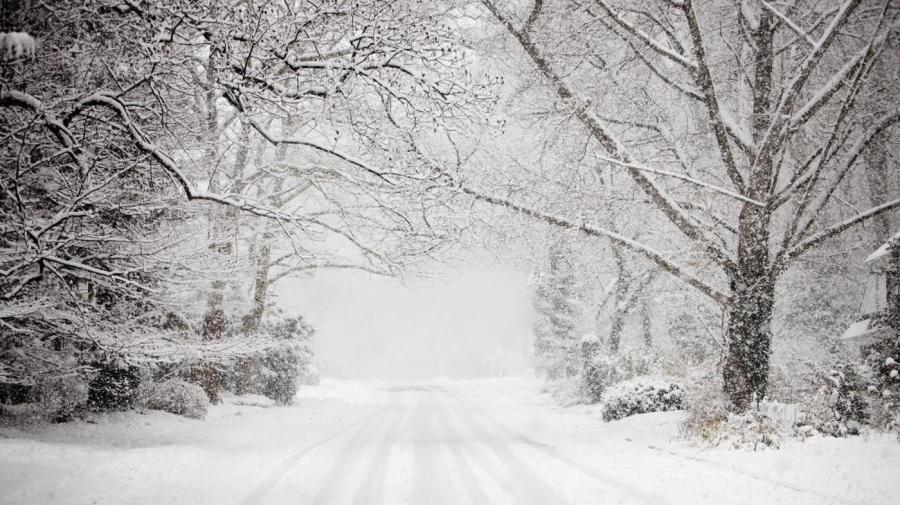What Are the Types of Clouds in a Blizzard?

Clouds that produce precipitation as rain or snow are called frontal cirrostratus, altostratus and nimbostratus clouds. Nimbostratus clouds produce the most intense precipitation but don’t produce all the elements that constitute a blizzard. High winds and low temperatures are also required.
There are several forms of precipitation, cloud and wind patterns that occur in winter. Snow can fall as light, fluffy flurries, or it can be mixed with rain, hail or sleet. Snow squalls show up suddenly and disappear quickly. Blowing snow is picked up from loose drifts on the ground and impedes visibility, but it isn’t associated with precipitation. Winter storms are classified as blizzards, snowstorms and ice storms.
Very high winds, low temperatures and low visibility define blizzards. The weather conditions must include atmospheric moisture, cold air fronts, warm air fronts and wind. Global air currents must be strong enough to force cold air in from the poles and warm air from the equator to create precipitation.
Snowstorms typically deliver a large quantity of snow without high winds or extremely low temperatures. Ice storms are different because they deliver large quantities of precipitation at temperatures that are at or around freezing. The ice quickly accumulates on, and causes major damage to, buildings, trees and utility lines.





